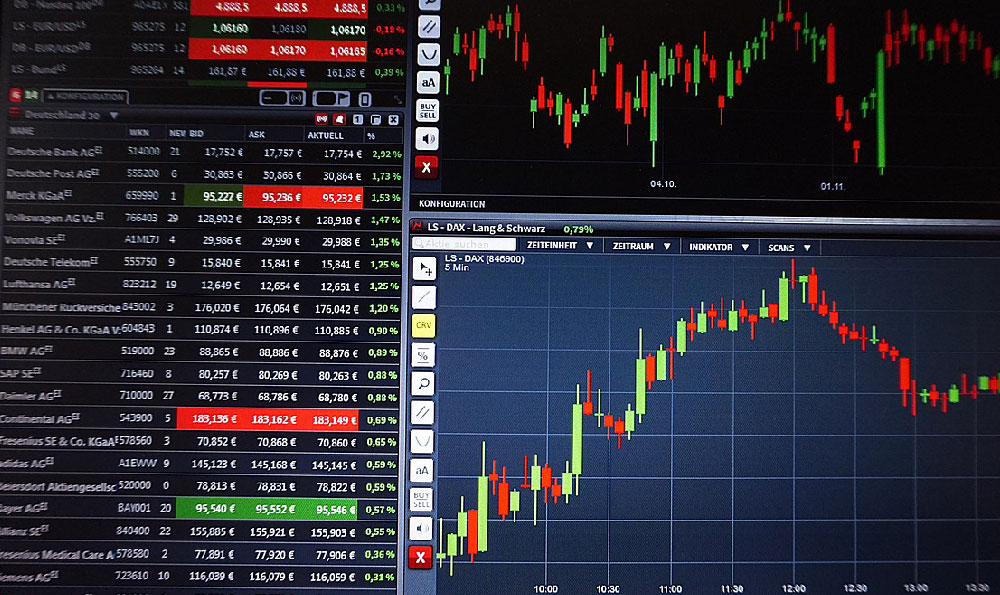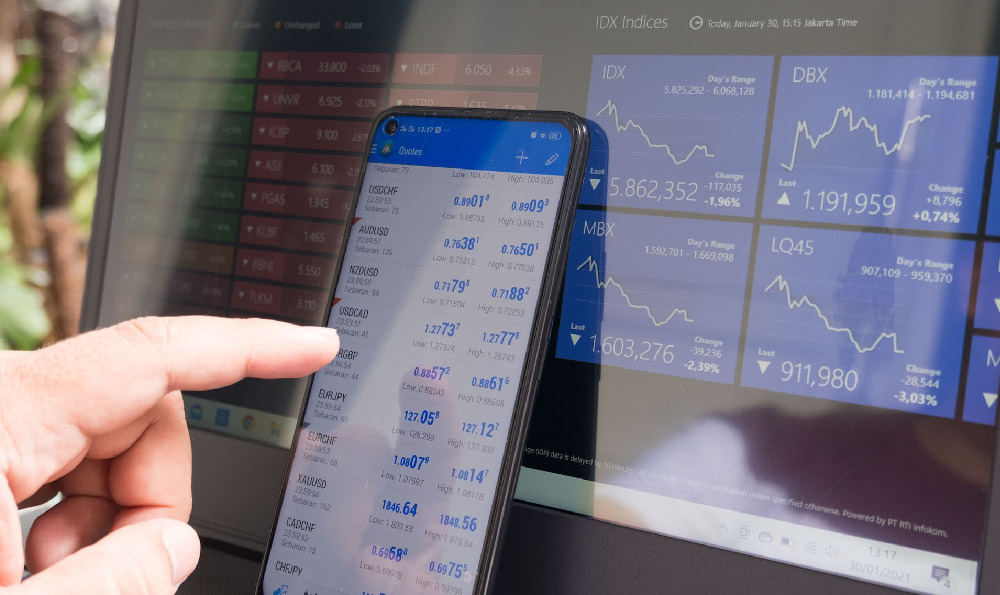The glamorous world of Formula 1 is synonymous with speed, cutting-edge technology, and, of course, immense wealth. While the roaring engines and the nail-biting finishes capture the attention of millions, the question of how much the drivers behind the wheel actually earn remains a subject of considerable fascination. Understanding the financial landscape of F1 driver salaries requires looking beyond simple numbers; it's a complex ecosystem influenced by performance, experience, marketability, and the financial health of the team they represent.
The earnings of an F1 driver are rarely just a straightforward salary. Typically, a driver's income is a blend of a base salary guaranteed by the team, performance-based bonuses tied to race results (wins, podiums, points finishes), and lucrative endorsements from sponsors. The proportion of each element can vary significantly, impacting the overall financial package. For instance, a highly marketable driver, even one not consistently contending for wins, might command a substantial endorsement portfolio, boosting their income far beyond their base salary. Similarly, drivers in teams with a history of success will often have higher potential for performance-based bonuses, as simply scoring points is more attainable in a competitive car.
At the top of the earning spectrum reside the undisputed champions and established superstars of the sport. These individuals, names like Max Verstappen, Charles Leclerc, and Lewis Hamilton, are not only exceptional drivers but also global icons. Their on-track prowess combined with their off-track appeal allows them to negotiate extremely lucrative contracts with their teams. Their base salaries alone can reach tens of millions of dollars per year, a testament to their proven ability to deliver results and attract sponsorship. They are also integral to the team's marketing strategies, further justifying their high price tag. Teams recognize that having a champion driver translates into increased merchandise sales, heightened media attention, and a stronger overall brand image, all of which contribute to the team's financial success. These drivers essentially become walking billboards, their helmets, race suits, and even their personal lives plastered with logos of major corporations.

The mid-field drivers, representing a significant portion of the grid, operate in a different financial reality. While still earning considerable sums compared to the average person, their salaries are significantly lower than those of the top-tier drivers. Their contracts often rely more heavily on performance-based bonuses, reflecting the team's expectation for them to consistently perform and contribute to the team's points tally. These drivers are typically emerging talents, experienced veterans seeking to prove their worth, or reliable performers who provide valuable stability to the team. While they might not have the same global recognition as the champions, their contributions are crucial for the team's overall success, both on and off the track. Their salaries are often a reflection of their experience, their ability to bring consistent points to the team, and their potential for future growth. Securing sponsorships can be more challenging for these drivers, requiring them to actively cultivate relationships with potential partners and demonstrate their value beyond their on-track performance.
At the lower end of the salary spectrum are the rookie drivers or those driving for teams with limited budgets. These drivers often represent a significant investment for the team, either in terms of developing young talent or securing valuable seat time. Their salaries are typically lower, reflecting their lack of experience and the limited resources available to the team. However, even these drivers are still earning a substantial income compared to the average professional athlete in other sports. The pressures are immense, as they are constantly under scrutiny to prove their worth and justify the team's investment. For these drivers, securing points finishes or demonstrating significant progress throughout the season can be critical for their future in F1 and their ability to negotiate better contracts. They often need to be exceptionally resourceful and proactive in seeking sponsorships and building their personal brand.
Beyond base salaries and bonuses, endorsements play a significant role in the overall financial picture of an F1 driver. These endorsements can range from deals with luxury watch brands and clothing companies to partnerships with automotive manufacturers and energy drinks. The value of these endorsements depends heavily on the driver's marketability, their public image, and their overall success on the track. A driver who consistently wins races and maintains a positive public image is far more likely to attract lucrative endorsement deals. These deals not only provide significant financial benefits but also enhance the driver's overall brand and visibility.
It's important to note that the financial landscape of F1 can be volatile. Team performance, economic conditions, and changes in sponsorship agreements can all impact driver salaries. For example, if a team experiences a significant downturn in performance, the drivers' bonuses will likely be affected, and the team may be less willing to invest heavily in driver salaries in future seasons. Similarly, economic downturns can lead to reduced sponsorship investment, which can also impact driver earnings.
In conclusion, the question of how much F1 drivers earn is a complex one, influenced by a multitude of factors. While the top drivers command salaries that reflect their exceptional talent and global appeal, even drivers at the lower end of the spectrum are earning considerable sums. The financial rewards are commensurate with the immense pressure, risk, and dedication required to compete at the highest level of motorsport. The dynamic interplay of base salaries, performance-based bonuses, and endorsement deals creates a fascinating financial landscape, reflecting the high-stakes nature of Formula 1. Ultimately, the earnings of an F1 driver are a reflection of their skill, marketability, and the overall success of the team they represent, solidifying their place among the highest-paid athletes in the world.












